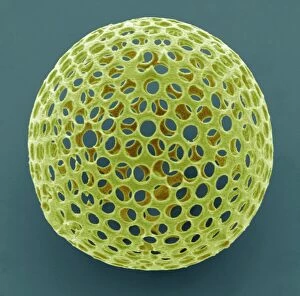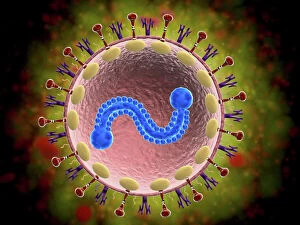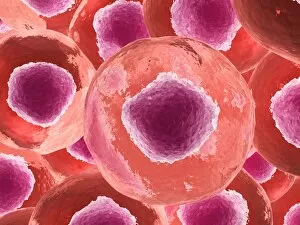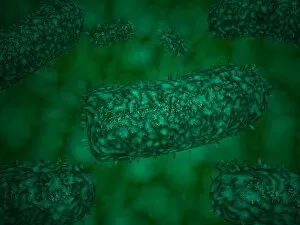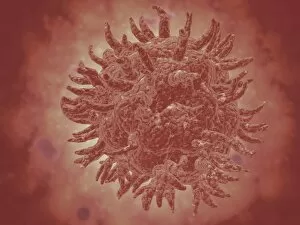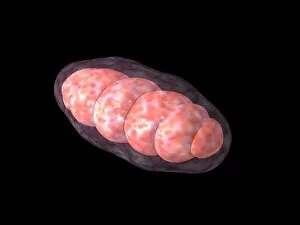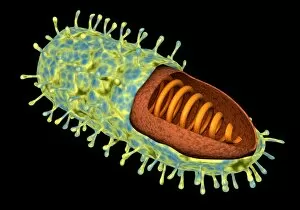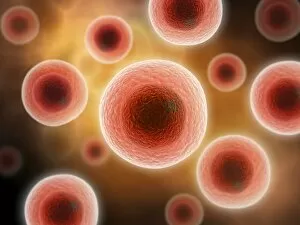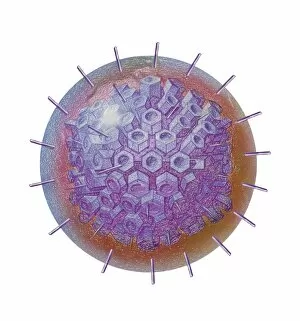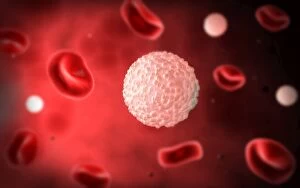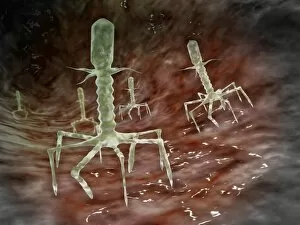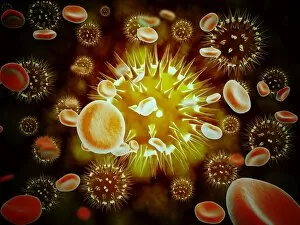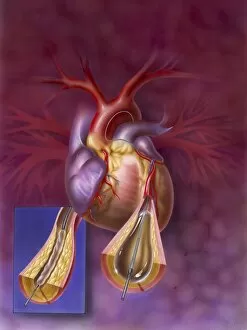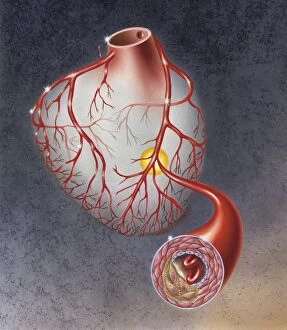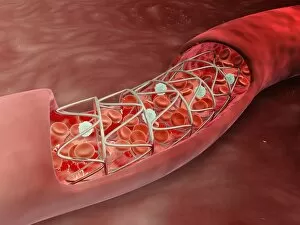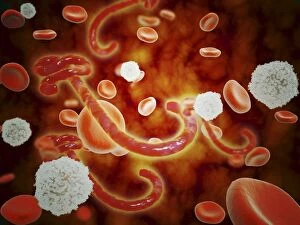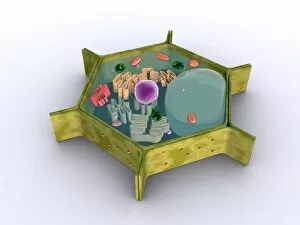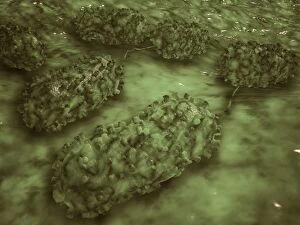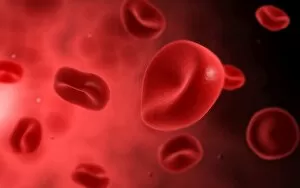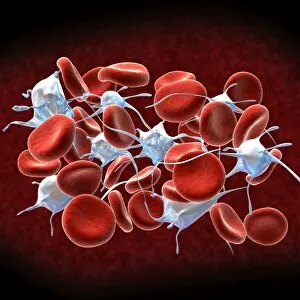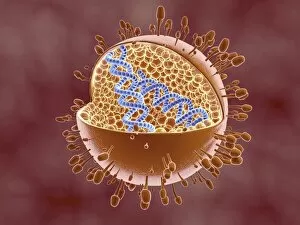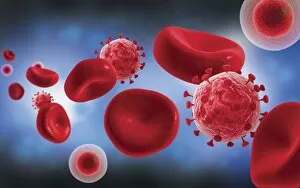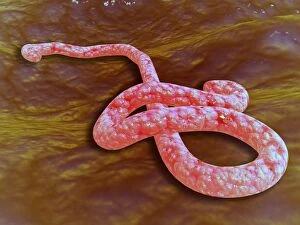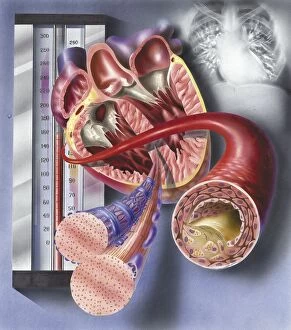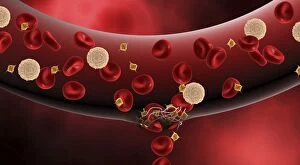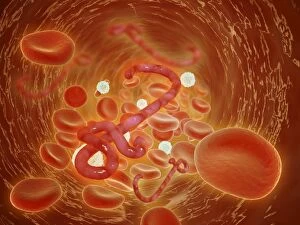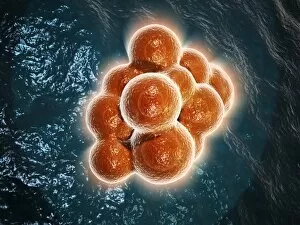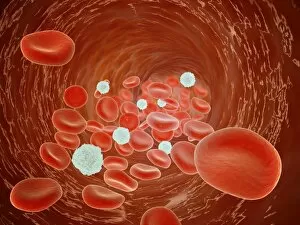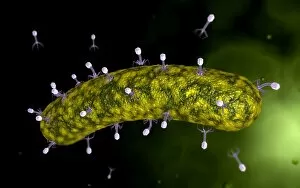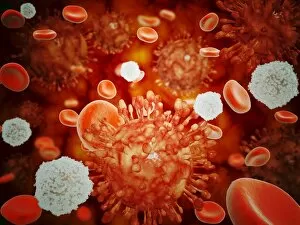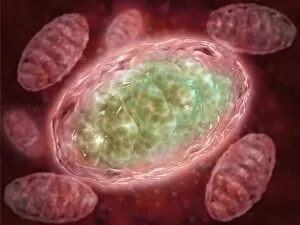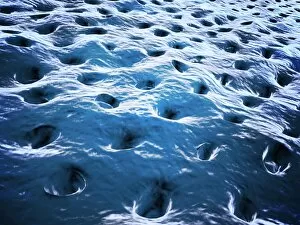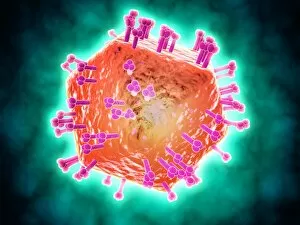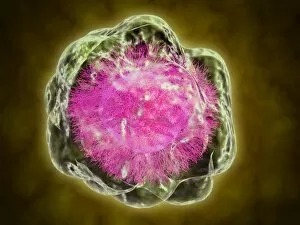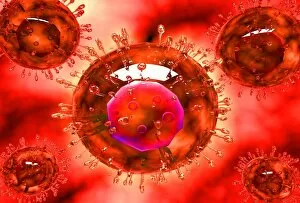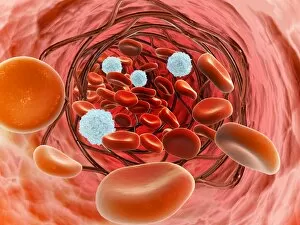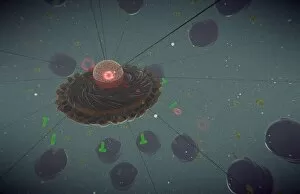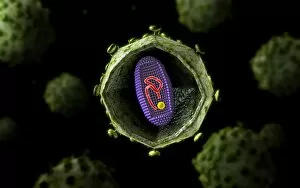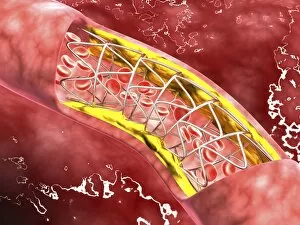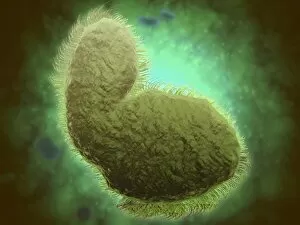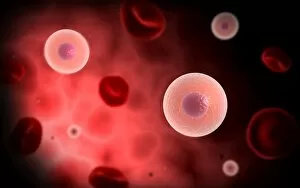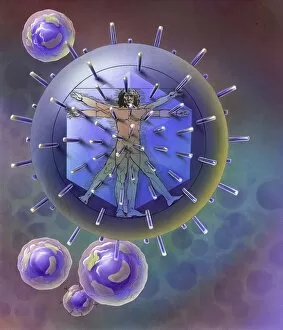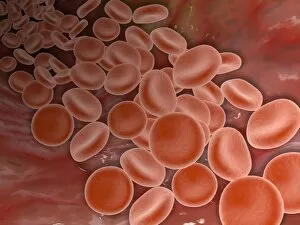Protoplasm Collection
Protoplasm, the essence of life itself, is a captivating and intricate world that exists within our very cells
For sale as Licensed Images
Choose your image, Select your licence and Download the media
Protoplasm, the essence of life itself, is a captivating and intricate world that exists within our very cells. Through microscopic lenses, we delve into this mesmerizing realm where viruses and cellular structures intertwine. A glimpse into the microscopic view of human respiratory syncytial virus reveals its complex structure, resembling an enigmatic puzzle waiting to be solved. Acrosphaera radiolarian, captured through scanning electron microscopy (SEM), showcases its delicate beauty with intricate patterns reminiscent of a celestial body. Stylized rabies virus particles take on an artistic form as they dance across the canvas of scientific exploration. Meanwhile, yellow fever virus presents itself under the microscope's lens in all its vibrant glory - a striking reminder of nature's power. Conceptual images bring forth visions of mitochondria - tiny energy factories within our cells that fuel our existence. The conceptual image of rabies virus evokes both fear and fascination as it symbolizes the threat lurking in unseen corners. Microscopic views reveal Canine Parvovirus in all its minute detail - a testament to the resilience and adaptability found even in such minuscule organisms. Cells themselves become protagonists as we witness their intricacies up close; each one holding secrets yet to be fully understood. A single virus particle stands alone but holds immense potential for destruction or salvation depending on context. Conceptual images depicting red blood cells remind us of their vital role in oxygen transport while white blood cells inside blood vessels signify our immune system tirelessly defending against invaders. Finally, influenza causing flu virus takes center stage with its conceptual image portraying both menace and vulnerability - reminding us how fragile life can be when faced with invisible adversaries. In this captivating journey through protoplasmic wonders, we are reminded that beneath what meets the eye lies an entire universe teeming with complexity and mystery – awaiting further exploration by curious minds seeking answers to life's deepest questions.

